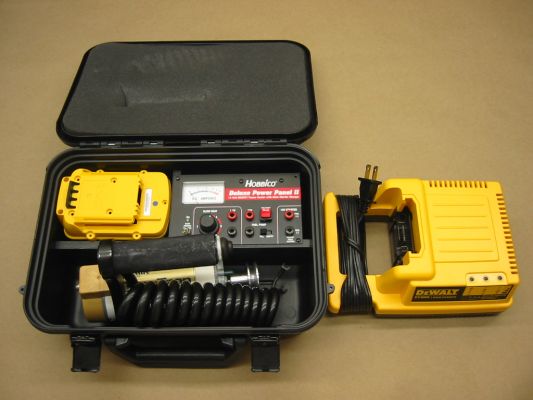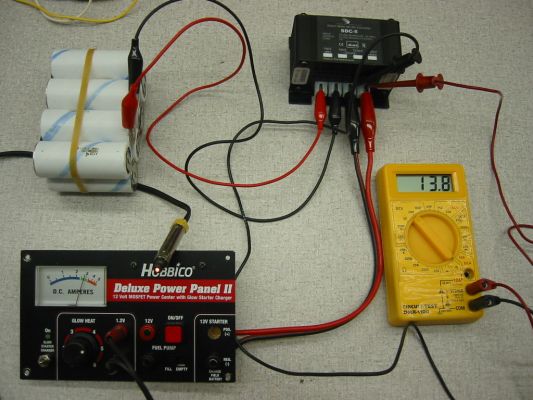- Joined
- Jul 24, 2002
- Messages
- 7,126
Trying to power my starter box with a 28v Dewalt battery, instead of tapping into the pack to get 12v for my power panel I'd like to use this high power regulator:
http://www.national....ds/LM/LM138.pdf
I can get it to put out 5A at 12 volts all day into a set of resistors, but when I connect it to my Hobbico power panel the most I get to the plug is 2A.
Why is the power panel any different?
http://www.national....ds/LM/LM138.pdf
I can get it to put out 5A at 12 volts all day into a set of resistors, but when I connect it to my Hobbico power panel the most I get to the plug is 2A.
Why is the power panel any different?
Last edited by a moderator:





